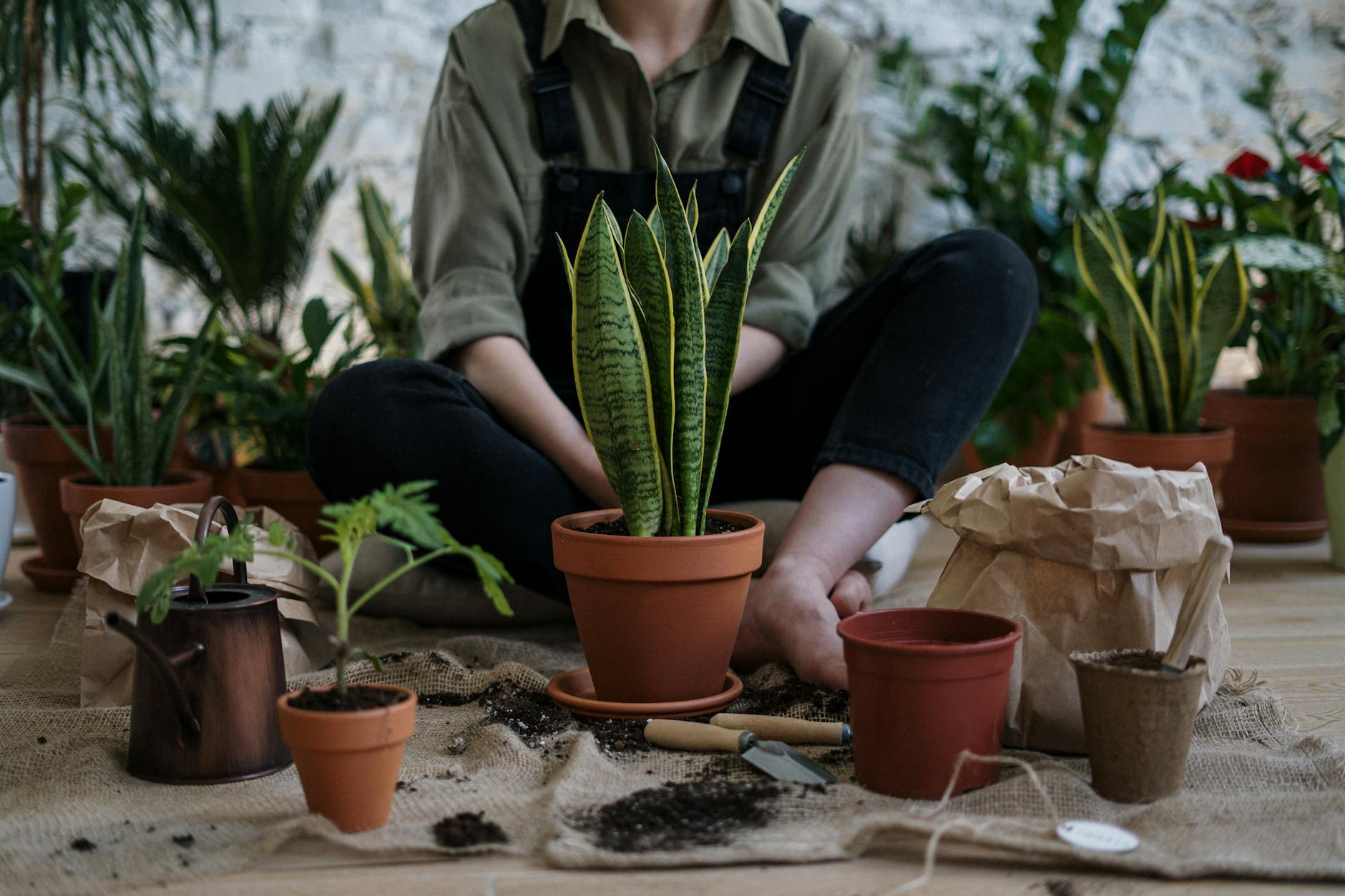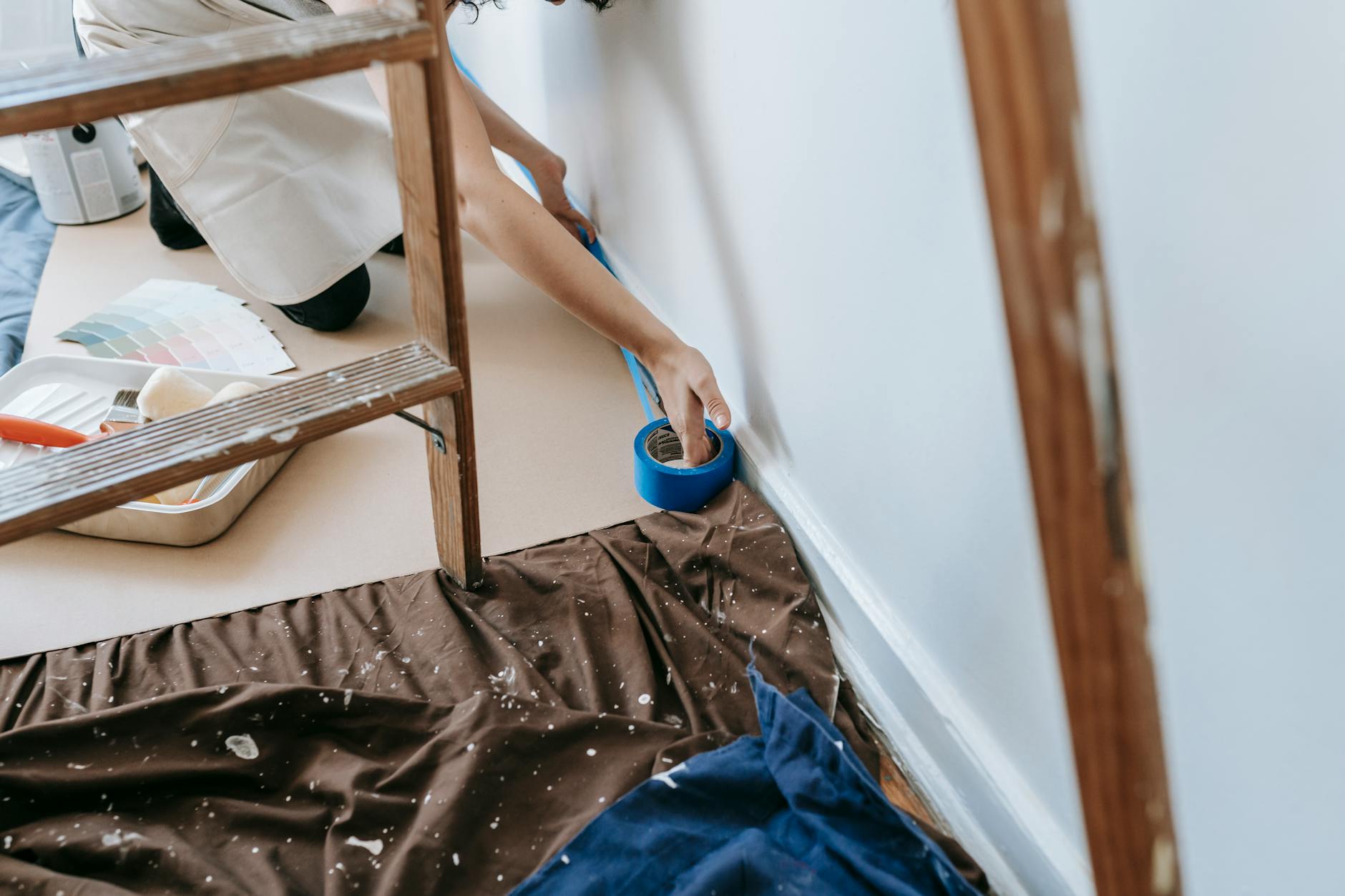So you’ve heard that houseplants can bring life and vibrancy into your home, but your track record with keeping them alive isn’t exactly stellar? Don’t worry, you’re not alone! Many people struggle with keeping houseplants thriving. But the good news is, there are some incredibly low-maintenance options perfect for even the most notorious plant killers. This guide will introduce you to five nearly indestructible plants that will forgive your occasional forgetfulness and help you cultivate a green thumb (eventually!).
The Indestructible ZZ Plant
The Zamioculcas zamiifolia, or ZZ plant, is renowned for its resilience. It tolerates low light conditions, infrequent watering, and even neglect. Its dark, glossy leaves add a touch of elegance to any space. Just let the soil dry out completely between waterings. 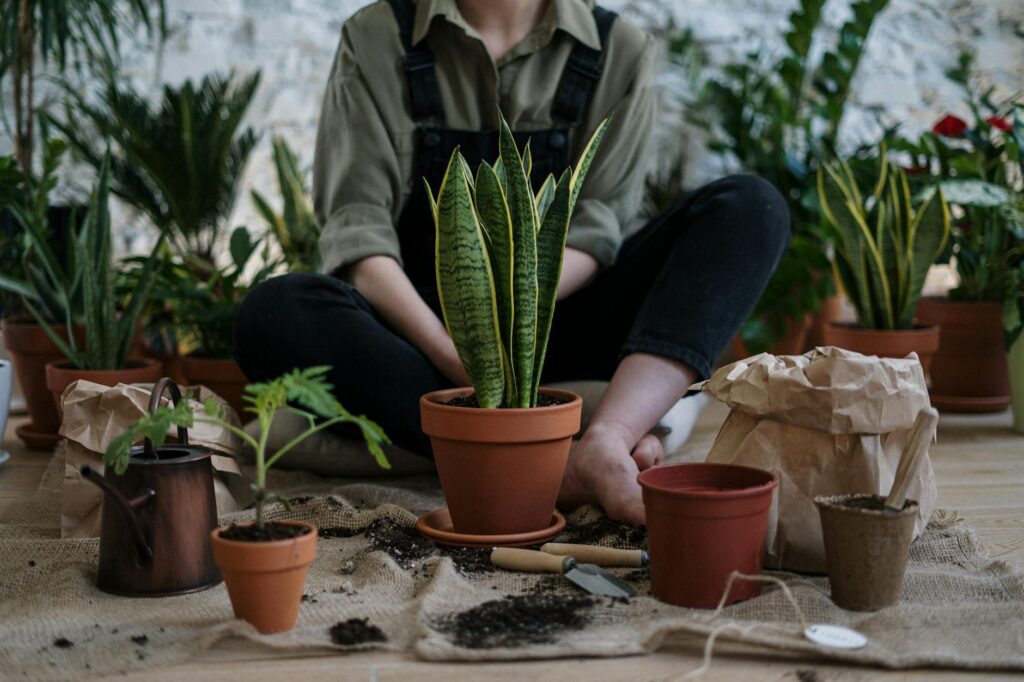
The Hardy Snake Plant
Another champion of low-maintenance living, the snake plant (Sansevieria trifasciata) is incredibly adaptable. It can handle a wide range of light conditions, from bright indirect light to low light situations. And, like the ZZ plant, it prefers to dry out completely between waterings. Plus, they’re fantastic at purifying the air! Learn more about air-purifying plants here. 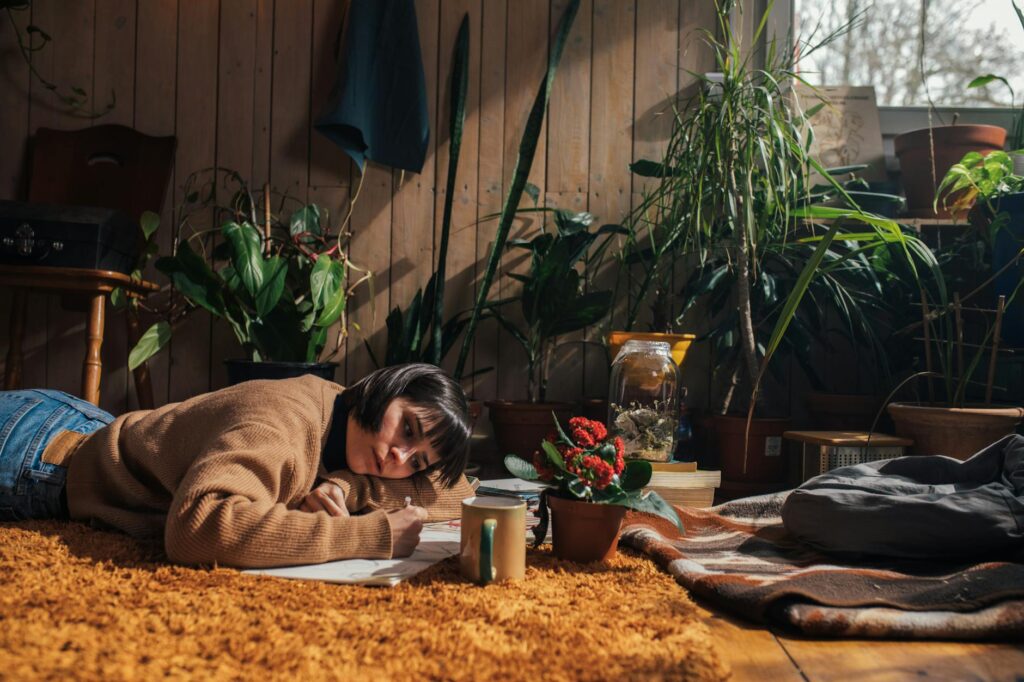
The Resilient Cast Iron Plant
Living up to its name, the cast iron plant (Aspidistra elatior) can withstand almost anything. It tolerates low light, infrequent watering, temperature fluctuations, and even some neglect. It’s a true survivor and a perfect choice for beginners. 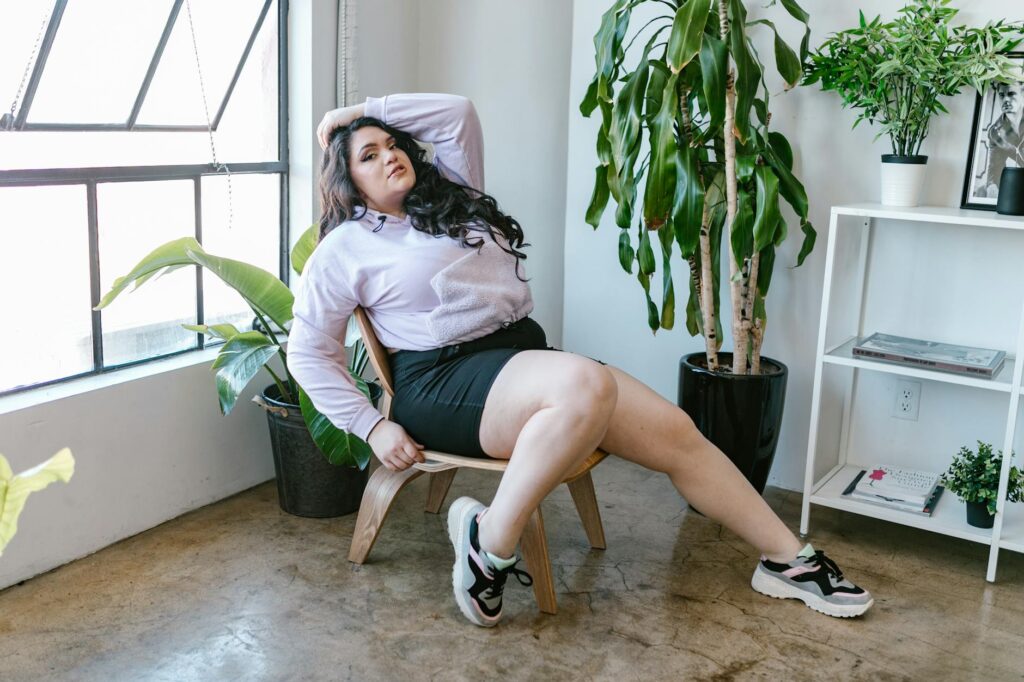
The Easy-Going Pothos
Pothos (Epipremnum aureum) is a vining plant that’s incredibly easy to propagate. Even if you accidentally let it dry out, it usually bounces back quickly. Its vibrant green leaves add a pop of color, and it’s easy to train it to climb or trail. You can even easily propagate new plants from cuttings – check out this helpful guide! [IMAGE_4_HERE]
The Low-Maintenance Spider Plant
Spider plants (Chlorophytum comosum) are known for their air-purifying qualities and their ease of care. They prefer bright, indirect light but can tolerate lower light conditions. They also produce “spiderettes,” or baby plants, that dangle from the mother plant, providing a fun way to propagate more plants. Learn more about propagating spider plants. [IMAGE_5_HERE]
Bonus Plant: The Peace Lily
The peace lily (Spathiphyllum) is a beautiful flowering plant that’s surprisingly forgiving. It will droop dramatically when it needs water, giving you a clear signal when it’s time to water. This makes it a good choice for visual learners! Just don’t overwater, and it will reward you with elegant white blooms. [IMAGE_6_HERE]
Choosing the Right Pot
The pot you choose can also affect your plant’s health. Make sure the pot has drainage holes to prevent root rot. Choosing the right pot size is also important, especially for beginners.
Light and Location
Consider the amount of natural light your home receives. North-facing windows get less light, while south-facing windows get more direct sunlight. Match your plant to the light conditions in your home for optimal success. Read more about plant lighting needs here.
Conclusion
Bringing a little bit of green into your home doesn’t have to be a daunting task. With these five resilient plants, you’ll be well on your way to creating a thriving indoor jungle, even if you’re a self-proclaimed plant killer. Remember to research your specific plant’s needs for more tailored care. Happy planting!
Frequently Asked Questions
What should I do if my plant starts to droop? This often means it needs water, but it can also signal overwatering. Check the soil moisture before taking action.
How often should I fertilize these plants? These plants don’t need frequent fertilizing. A diluted, balanced liquid fertilizer once or twice during the growing season is usually sufficient.
What if I accidentally overwater my plant? Allow the soil to dry out completely before watering again. Consider repotting if the soil remains soggy and the roots appear damaged. Learn more about dealing with overwatering here.
Can these plants survive in low-light conditions? Yes, most of these plants tolerate low-light conditions; however, they might not grow as quickly.

